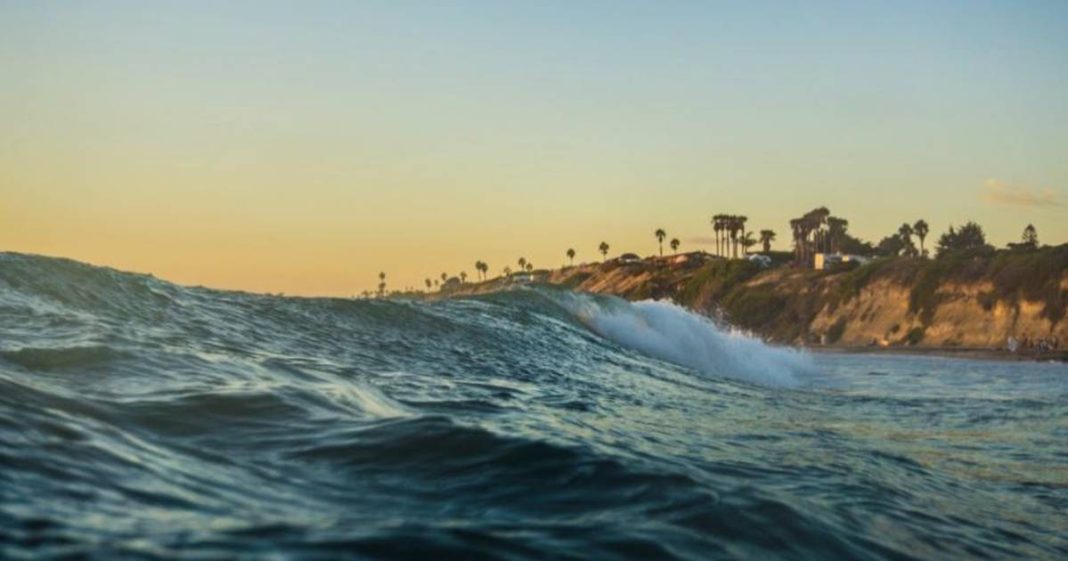Madrid, 21 (European Press)
Modern rates of sea-level rise began to emerge in 1863 as the Industrial Age intensified, coinciding with evidence of warming oceans and melting glaciers.
It is the conclusion of an international study that used a global database of sea level records over the past 2,000 years, and will help local and regional planners prepare for future sea level rise. The study was published in the journal Nature Communications.
Sea level rise is an important indicator of broader climate changes. By determining the moment when recent rates of sea level rise appeared above natural variance, the researchers were able to signal the beginning of a significant period of climate change.
By examining global records, researchers have found that globally, the onset of modern rates of sea level rise occurred in 1863, in line with the Industrial Revolution. At individual locations in the United States, modern rates first appeared in the mid-Atlantic region in the mid-to-late 19th century, and later in Canada and Europe, appearing in the mid-20th century.
The study is particularly timely given a recent NOAA report detailing accelerating sea level rise off the coast of the United States.
“We can be virtually certain that the global rate of sea level rise between 1940 and 2000 was faster than in all previous 60-year periods over the past 2,000 years,” said Jennifer S. Walker, lead author of the study and an associate postdoctoral fellow. in the Department of Earth and Planetary Sciences at Rutgers University – New Brunswick. “Having a deep understanding of site-specific sea level changes over long time scales is essential for regional and local planning and response to future sea level rise.”
Walker noted that the statistical model the research team used could also be applied to more individual sites to better understand the processes that lead to sea level change on a global and regional scale.
“The fact that modern rates appeared in all of our study sites in the mid-20th century shows the significant impact of global sea-level rise on our planet over the past century,” Walker added. “Further analysis of spatial change in emergence time at different locations will continue to improve community understanding of how regional and local processes influence rates of sea level rise.”

“Wannabe internet buff. Future teen idol. Hardcore zombie guru. Gamer. Avid creator. Entrepreneur. Bacon ninja.”




